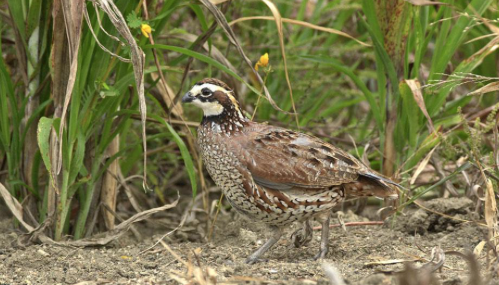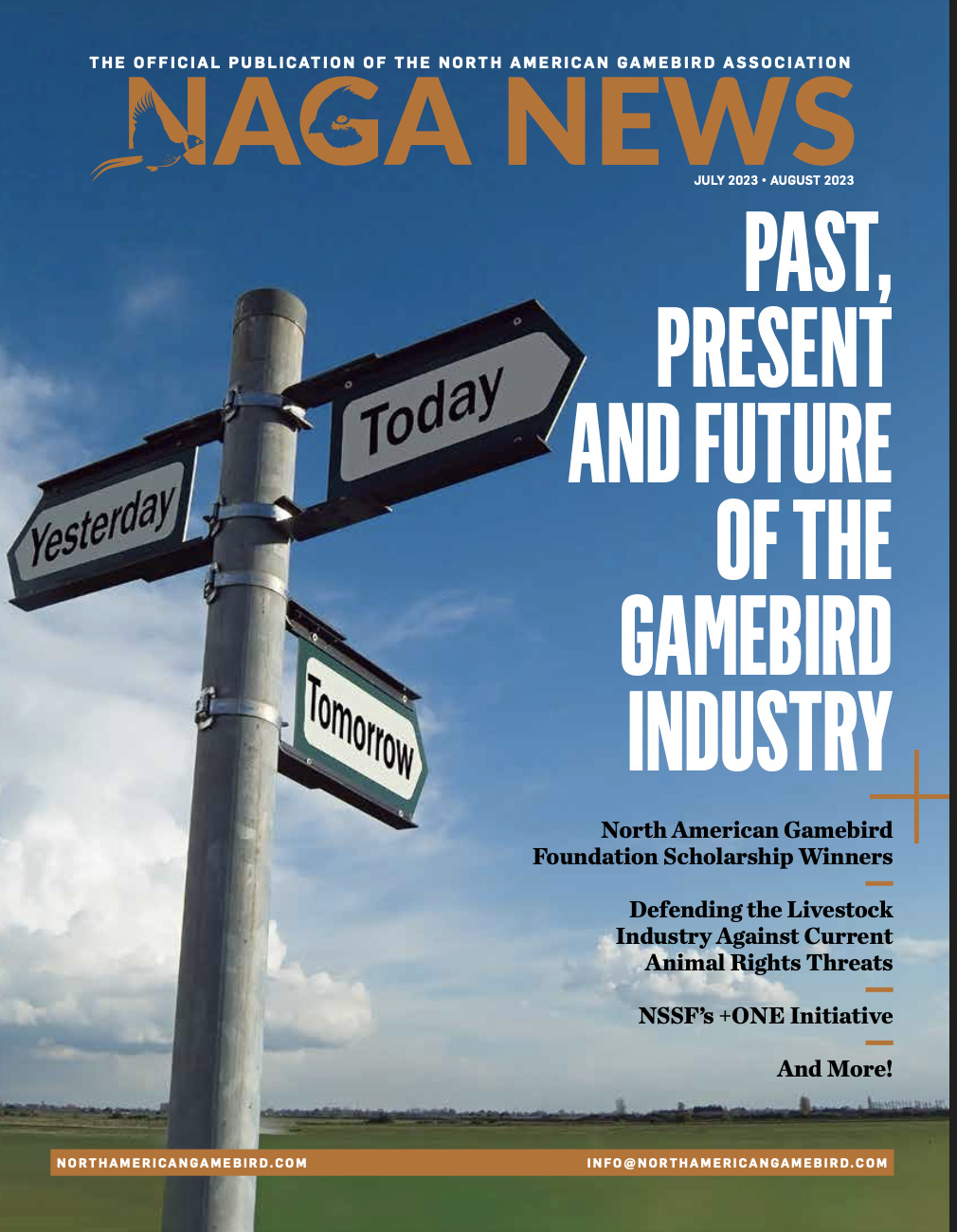 Scientists working on the largest quail disease study ever undertaken in the U.S. believe they have identified a major culprit behind previously unexplained die-offs of wild bobwhite quail.
Scientists working on the largest quail disease study ever undertaken in the U.S. believe they have identified a major culprit behind previously unexplained die-offs of wild bobwhite quail.
Led by the Rolling Plains Quail Research Ranch, “Operation Idiopathic Decline” set out to determine whether disease, parasites, toxins or other factors were causing mysterious and sometimes large-scale mortality events such as a massive die-off of wild quail in West Texas in 2010.
To date, their findings point to the parasitic eyeworm Oxyspirura petrowi. Ron Kendall, professor of environmental toxicology at Texas Tech University and a lead investigator in early stages of the research, explain that the parasitic nematodes ingest blood from the quail and feed predominantly in ducts behind the eye, where they can cause severe inflammation and edema from their feeding activities.
Each eyeworm can range in size from 1/8-inch to the diameter of a penny. Once inside the birds, eyeworms move freely from eye to eye through the sinus cavity, where they suck blood from the bird, mate and release eggs.
“We did a size comparison,” Kendall said “If these parasites were in a human and you compared the size of the quail eye to the human eye, it would be like having a worm about the size of a toothpick behind your eye. Now, imagine having up to 40 or 50 of them in there, and we have seen this in the wild. That could certainly impair your ability to see and cause serious inflammation. And once they’re in there, what we are figuring out is they’re not leaving the eye. They are there to stay. There’s no way for the quail to get these parasites out once they invade the eye.”
Quail infested with eyeworms suffer from impaired vision and breathing along with anemia, all of which reduce the bird’s ability to avoid predators.
The research has also studied the physiology and transmission of eyeworms and other quail parasites such as cecal worms, as well as methods of control. Sporting Classics Daily recently produced a detailed report on the latest findings of Operation Idiopathic Decline. Additional information is available on the Rolling Plains Quail Research Ranch website.


